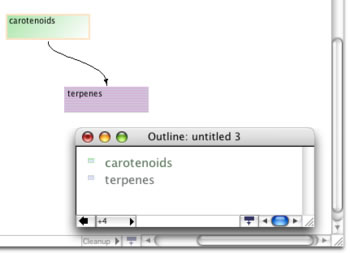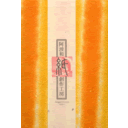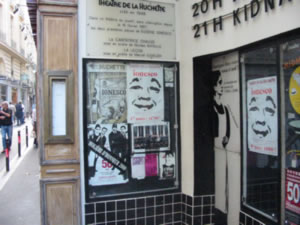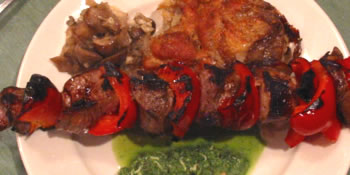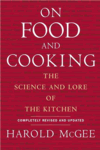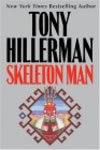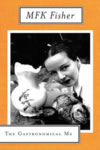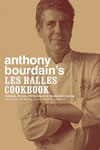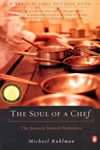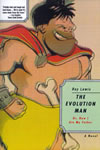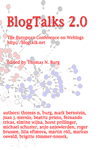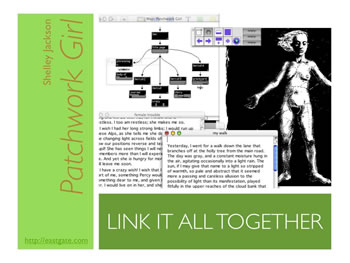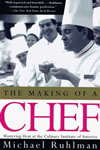Saturday morning I made veal stock. This merry kitchen frolic, naturally, continued until midnight, was briefly interrupted for the purpose of sleep, and then resumed for an additional eight hours of simmering en route to perhaps 500ml of nice dark demi glace. One very big pot, about five bucks of veal bones, a bottle of wine, some shallots, and a whole lot of work.
I now realize that I've completely misunderstood stock and soup. In the past, making chicken broth, I assumed that the point was to get a good emulsion, that you wanted to have tiny droplets of fat the dissolve all the fat-soluble goodness and to give the soup body.
As I now understand things, that was a completely specious idea. Exactly wrong. You want, it seems, to get rid of the fat entirely -- to let it melt gently, rising to the surface, and then skim it off. Farewell to fat-soluble goodness. The body's supposed to come from gelatin that leaches out of the bones.
Veal stock puzzle: the fat I skimmed off was deliciously bright orange, presumably beta carotene from the carrot in the mirepoix. Does this mean (a) I should have carmelized the carrots more, (b) I shouldn't be worrying about all this wasted beta carotene -- it's supposed to do that, or (c) I'm still all wrong.
Anyway, amidst all this pot-tending I got to throw together a beef Bourguignon and a nice leftover meal of marinated lamb kebabs, day-old potato gratin, mushrooms provencal, and coconut-cilantro chutney. Meryl left us some tasty brownies for desert, too!
Kottke is learning to cook. It's easy -- not much harder than chemistry, and you don't need to do it under vacuum. Seriously, though, starting with hamburger seems natural, but a good hamburger is really tricky. (McGee suggests boiling the beef in a big pot of water for 60 seconds to kill the bacteria, then chopping and forming the hamburger; this lets you cook a rare or medium-rare burger without worrying too much about poisoning yourself)
